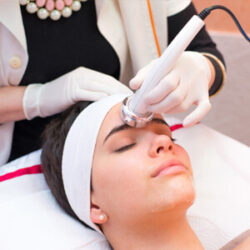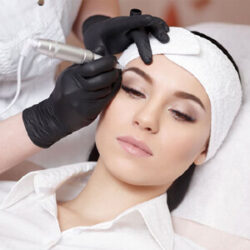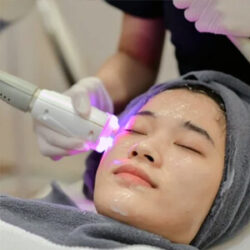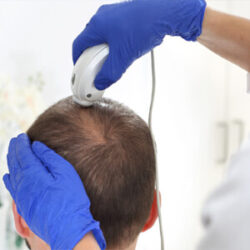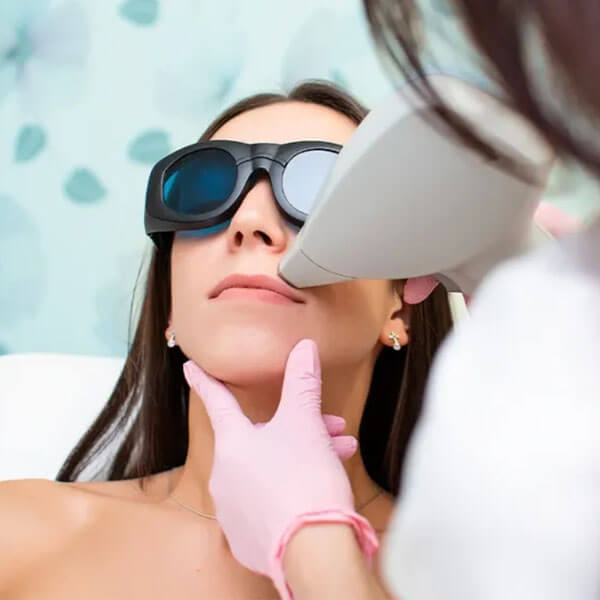1. What Is Microdermabrasion?
Microdermabrasion is a non-invasive cosmetic procedure that exfoliates the skin by removing the outer layer of dead skin cells. This process can improve skin texture, reduce the appearance of fine lines and wrinkles, and address various skin concerns.
2. How Does Microdermabrasion Work?
Microdermabrasion uses a handheld device that either sprays fine crystals onto the skin or utilizes a diamond-tipped wand to gently abrade the surface. The device simultaneously suctions away the exfoliated skin cells, promoting cell turnover.
3. What Skin Concerns Does Microdermabrasion Address?
Microdermabrasion is known to address various skin concerns, including fine lines, wrinkles, acne scars, sun damage, hyperpigmentation, and uneven skin texture. It is generally suitable for all skin types.
4. Is Microdermabrasion Painful?
Microdermabrasion is a generally well-tolerated procedure. Patients may experience a mild scratching or stinging sensation during the treatment, but it is not considered painful. A topical anesthetic is not typically required.
5. Is There Downtime After Microdermabrasion?
One of the benefits of microdermabrasion is that it usually requires no downtime. Patients can resume their regular activities immediately after the treatment. However, it’s important to follow post-procedure skincare recommendations.
6. How Many Sessions Are Needed?
The number of microdermabrasion sessions needed varies depending on individual skin concerns and the desired outcome. A series of treatments is often recommended for optimal results.
7. Can Microdermabrasion Be Combined with Other Treatments?
Microdermabrasion can be combined with other skincare treatments, such as chemical peels or laser therapy, to enhance overall results. However, the combination of treatments should be discussed with a skincare professional.
8. Can I Get Microdermabrasion If I Have Sensitive Skin?
Microdermabrasion is generally suitable for individuals with sensitive skin. However, it’s essential to inform the skincare professional about any skin conditions or sensitivities during the consultation.
9. How Long Do Results Last?
Results from a single microdermabrasion session can be noticeable immediately, and the effects can last for several weeks. For long-term improvements, a series of sessions may be recommended.
10. Can Microdermabrasion Remove Acne Scars?
Microdermabrasion can help improve the appearance of shallow acne scars by promoting skin renewal and collagen production. However, it may not be as effective for deeper or more severe scars.

